Growing Cannabis Outdoors
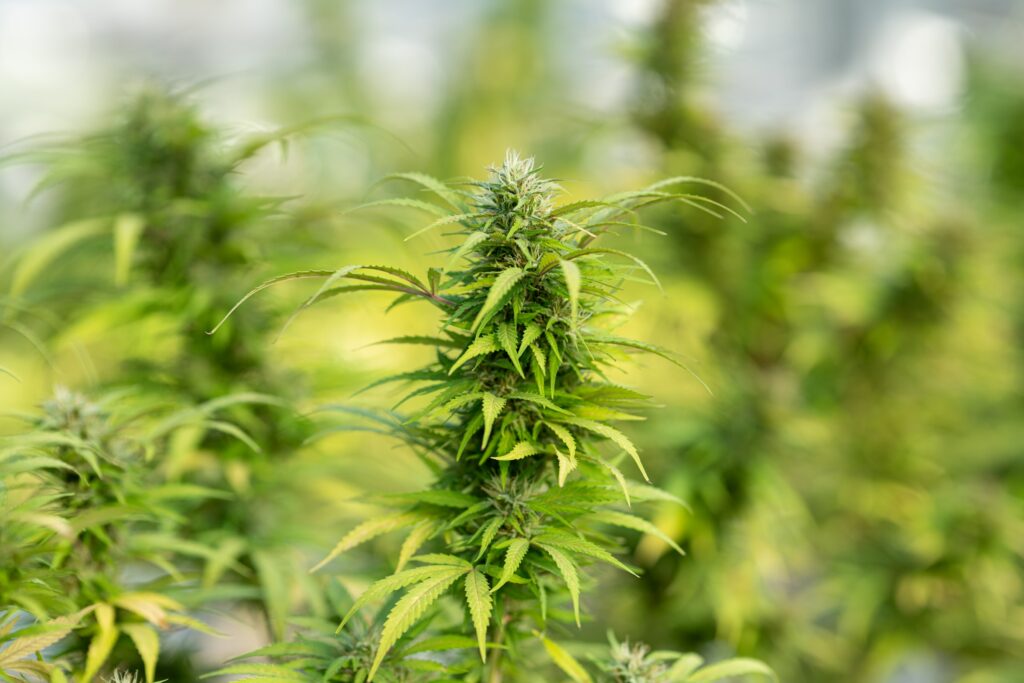
This guide is for anyone wanting to grow cannabis in an outdoor environment. These steps are a starting point to learn about the beautiful practice of cultivating your own home grow. It may take some trial and error to tweak out the glitches but as you become more familiar with how cannabis grows in your garden, you will be able to perfect the art of producing quality buds.
Unfortunately, it is not that easy to sprinkle a few seeds, add a dash of water, and then expect crystal-laden buds to appear. It is a process that requires your time and dedication for a successful harvest. If at first, your crop fails, take it as an opportunity to learn and keep persevering till you get it right.
Step 1: Planning the garden space
Let’s assume you live in a region where growing cannabis is legal, so you don’t need to worry about concealment or turning your hobby into a covert operation. However, if you think your plants might offend neighbors or draw too much attention from hungry eyes, then finding a private area should be considered. Wherever you choose to set down your roots, ensure you can access water and that the plants will receive at least 6 hours of sunlight while being protected from strong winds. Avoid shaded spots or places where moss flourishes.
Step 2: Climate is a deciding factor
Select cannabis seeds that will suit your climate. You can experiment with different types of seeds just to see what does and doesn’t grow. In the Northern Hemisphere, you can germinate your seeds indoors until mid-May after which they can be transplanted outside. If you live in California or regions with mild winters, you can sow your cannabis seeds outdoors from March. Remember that the cannabis plant is dependent on its photoperiod i.e., how much light it gets to develop properly. It is a seasonal plant and thrives in warm, sunny conditions. In the Southern Hemisphere, you can sow the seeds outdoors after the last frost and with the onset of spring. If you have a short summer, autoflowering seeds will do well growing outdoors.
Step 3: Germination
If you planting your seeds outside directly in the ground or outdoor pots, ensure the temperature is favorable. Alternatively, you can start the germination process inside and then move the seedlings outdoors when it warms up. Either way, your seeds need quality soil to grow healthy roots that produce healthy plants. The soil must drain well to avoid root rot and fungi. Clay soils must be adjusted for better drainage, sandy soils need more nutrients, and silt, loamy soils generally provide a happy medium.
Adding organic fertilizer that contains potassium, phosphorus, and nitrogen will help your plants thrive but be mindful not to overfertilize. Your best bet is getting your soil tested as it will be easier to make the correct adjustments.
Step 4: Irrigation and Pests
To keep your cannabis plants hydrated and nourished, a regular watering schedule is important. If your region gets a lot of summer rain, then drainage will be more important to ensure the roots do not get waterlogged. So, keep your eye on the soil texture. When it looks dry and flaky, your plants are thirsty.
If you notice little garden pests taking a liking to your plants, spray an organic insecticide, which is safe for animals, bees, and humans. Alternatively, you can research permaculture techniques. Depending on the types of pests visiting your cannabis plants, you can incorporate other types of plants and herbs that attract the critters and draw them away from your home grow.
Step 5: Pruning
Generally, you should start pruning the plants after about 4 weeks of growth. You want to control their growth and keep it manageable within the space you have allocated. If you want the plant to grow horizontally rather than vertically, trim off the top shoots so more leaves are produced below the top stem. This will result in a bushier plant. There are other techniques such as bending or binding so you can manage the direction in which the plants grow.
Step 6: Knowing when to Harvest
Here comes the fun part. When the buds are big and the trichomes (hairs on the leaves and stems) are noticeable and white, then it is time to harvest. The trichomes contain THC and will be sticky to the touch so you want to avoid manhandling the plant. Chop off the plant from the very bottom and hang them upside down to dry out.

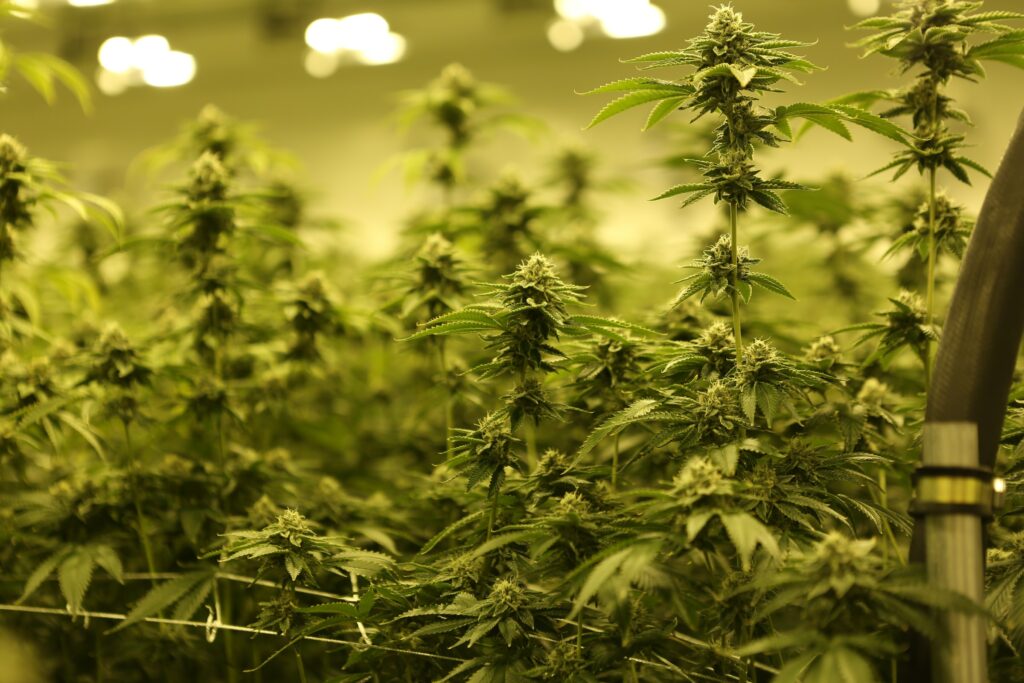
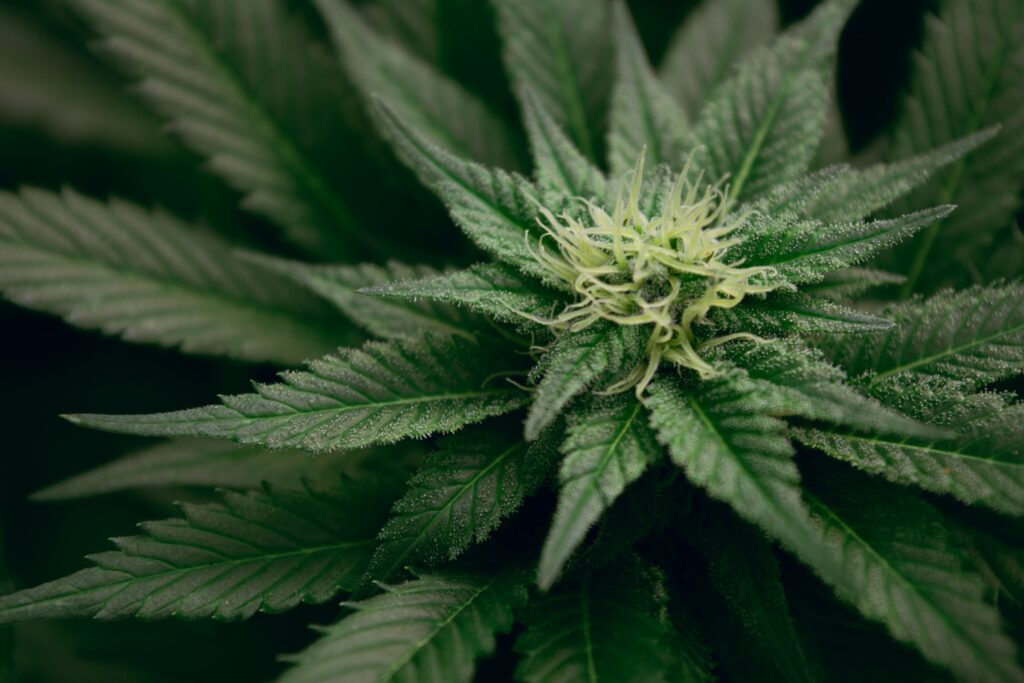

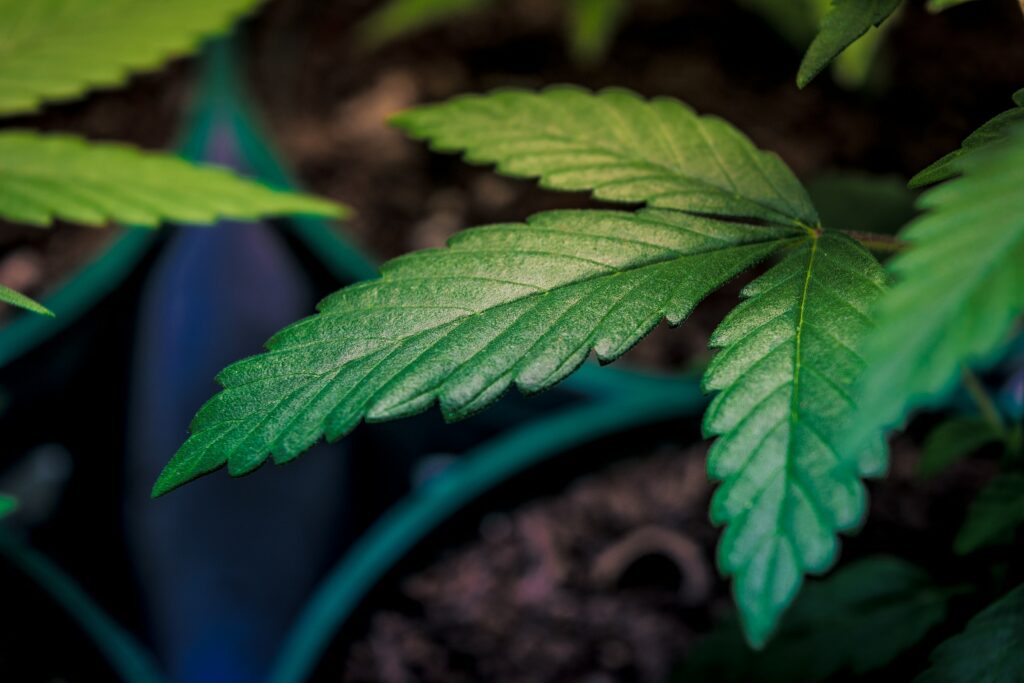
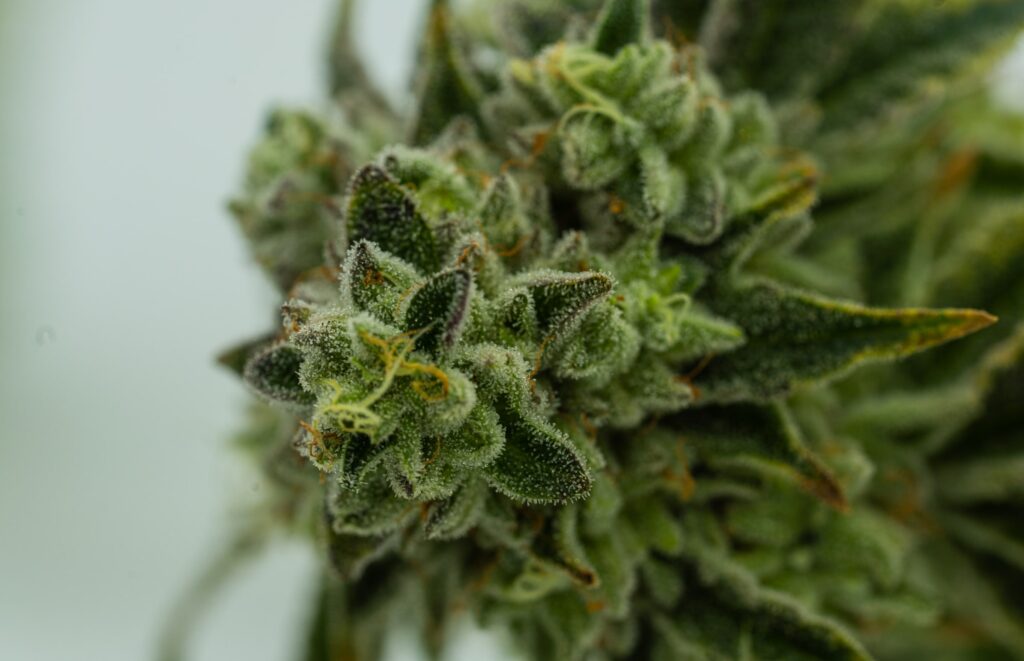
Responses